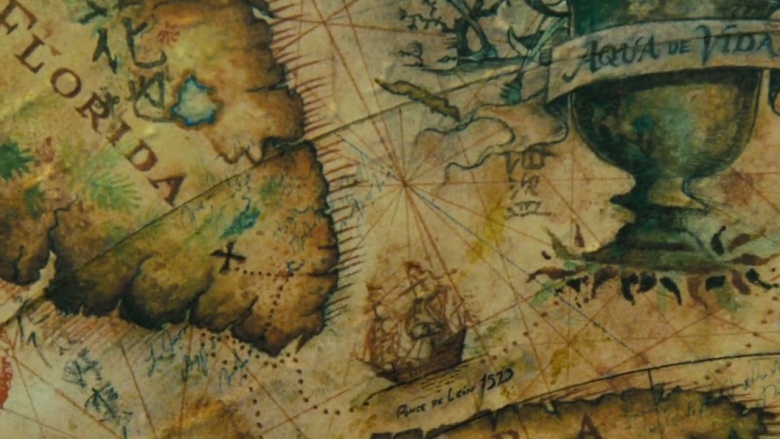

An English edition was first published in London in 1577 with a long title, but usually referred to as Joyfull newes out of the newe founde world. Translations soon appeared in Latin, Italian, and French. The first complete edition of Monardes’ work was published in 1574. Guaiac wood, for example, is presented as the Indian remedy for venereal disease. Some of the products discussed in detail are cocoa, sarsaparilla, and sassafras. Numerous plants and animals previously unknown to Europeans were described by Monardes for the first time. The Historia, which instantly became a classic in the history of medicine, amounts to a true encyclopedia of the practical natural history of the area. Although he never went to the New World, he devoted his life to the collection and the study of American plants with a purported medical value.

1512- 1588) was a distinguished physician based in Seville. Primera, y segunda y tercera partes de la historia medicinal. Some of the seventeenth century English editions had this remarkable title: Casas’ horrid massacres, butcheries, and Cruelties that hell and malice could invent committed by the Spaniards in the West Indies. Much to his chagrin, though, the Brevissima was widely used by England and Holland as evidence of Spanish cruelty (the “black legend”). Las Casas’s polemical book effectively raised the issue of Indian rights in Spain. Its single-mindedness and exaggerations–the Indians are always portrayed as good natured, while the Spanish colonists introduce only evil–are explained by the fact that the work was written as a central part of Las Casas’s political campaign to reform the Laws of the Indies. The Brevissima is a powerful diatribe that summarizes the injustices of the Spanish conquest throughout the New World. Ten years later his conviction that the Indians were being systematically mistreated led him to become a Dominican friar and to dedicate his long life to the single purpose of protecting the Indians. The son of a nobleman, Las Casas (1474-1556) went to the New World in 1502 in search of wealth. Brevíssima relacion de la destruyció n de las Indias. Oviedo became one of the most often quoted and famous of all historians of the New World–Von Humboldt even considered him and Acosta the founders of physical geography. The first English translation, by Richard Eden, appeared in London in 1555. Oviedo’s Historia became a huge success in Europe. Of special importance is the information he provided on the fauna and the flora in America, in which he dismissed many established myths and drew only from his careful observations. The twentieth book was published in 1557, and the balance in the nineteenth century. It consisted ultimately of a total of fifty books, of which the 1535 edition included only the first nineteen, dedicated to the history of Columbus’s voyages and the Caribbean islands. The result was the Historia general, which can be considered the first general history of the New World. Seville, 1535.Īfter the success of his Sumario, Fernández de Oviedo was appointed official chronicler of the Indies in 1532.

In the case of the history of the New World peoples, the diversity and isolation of the native inhabitants prevented consideration of them as a single group, so accounts were necessarily organized by convenient principles such as geographic location or the chronology of the native group’s conquest by Spain.

In the case of natural history, the accumulation of data was not structured in the modern systematic way, which was not established until the eighteenth century. It was inevitable, after some chronicles had dealt with specific themes concerning the New World, that historians would attempt to take a comprehensive view of the new reality to establish its proper place in the history of the world. During the Renaissance, however, many factors contributed to its ultimate decline, namely the Humanist preference for Classical models, the growing nationalist tendencies of the time, and the great geographical discoveries that destroyed the old paradigms. The Christian notion of universal history, based on the unity of the sacred and the profane, had enjoyed much favor throughout the Middle Ages.


 0 kommentar(er)
0 kommentar(er)
